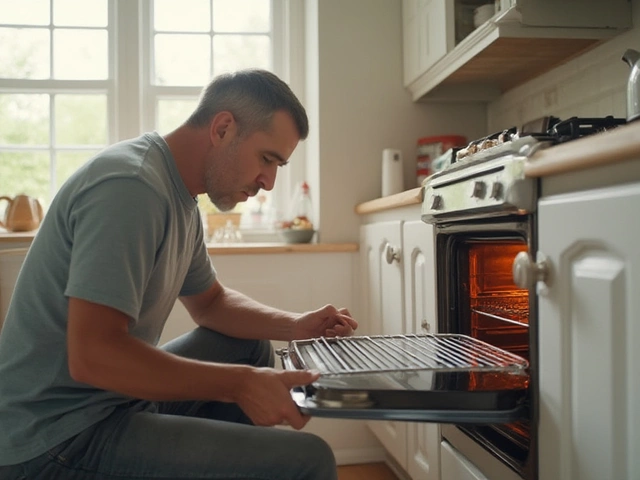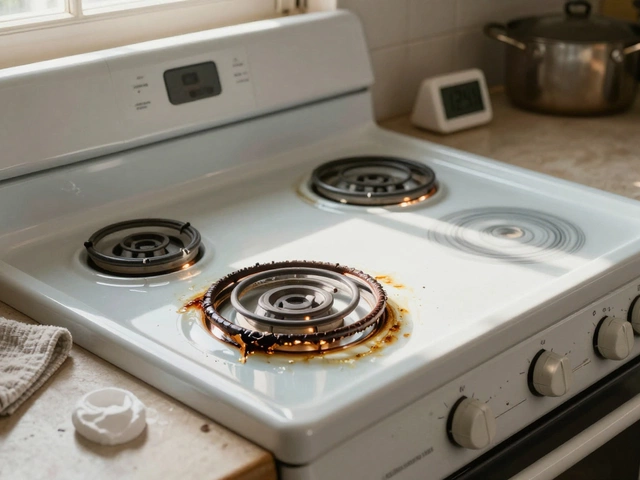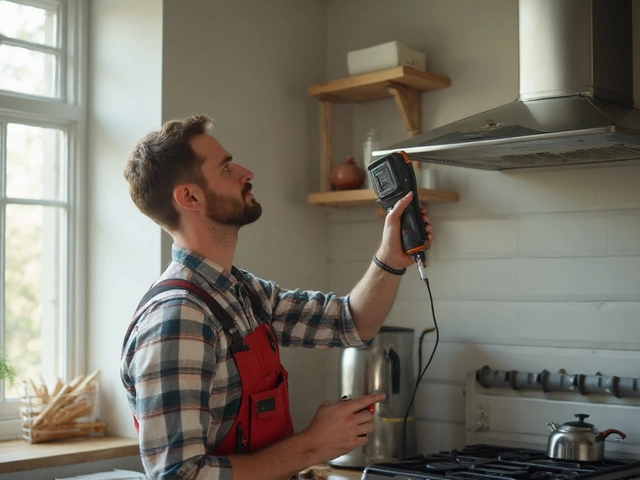How to Tell If Your Oven Element Is Broken: Signs, Symptoms, and Fixes
July 18 2025Oven Element: How to Know It’s Bad and What to Do About It
If your oven takes forever to bake or the top never gets hot, the heating element is probably the culprit. It’s the metal coil that glows red and spreads heat inside the oven. When it quits working, you end up with uneven cooking, longer bake times, and a lot of frustration.
First thing to check is whether the element is actually broken. Turn the oven on, watch the element and see if it lights up. If it stays cold, the element is dead or the wiring is faulty. A quick visual inspection can also reveal cracks, bulges, or burnt spots – all signs that it needs replacement.
Common Signs Your Oven Element Needs Attention
Slow heating. If recipes that used to finish in 30 minutes now take 45, the element isn’t delivering enough heat.
Hot spots. You might notice that food cooks faster on one side of the oven. That usually means part of the element is working while the rest is dead.
Strange smells. A faint burnt odor when you first turn the oven on is a warning that the element is overheating or short‑circuiting.
Error codes. Modern ovens display codes like “E5” or “F2” when the element sensor fails. The manual will tell you which code points to the element.
DIY Test and Simple Fixes
Before you call a gas engineer, you can do a quick continuity test with a multimeter. Unplug the oven, remove the element (usually a few screws), and set the meter to the ohms setting. A healthy element reads between 10 and 40 ohms. Anything outside that range means it’s broken.
If the element checks out but the oven still won’t heat, look at the wiring harness and the connection terminals. Loose or corroded contacts can prevent power from reaching the element. Tighten the screws and clean any rust with a bit of sandpaper.
When you’ve confirmed the element is bad, replacement is straightforward. Most ovens use a standard “B” or “C” type element that you can order from an appliance parts supplier. The price in the UK typically runs between £30 and £70, plus a small service charge if you hire a professional.
Replacing it yourself? Make sure the oven is fully disconnected from the mains, remove the old coil, fit the new one, reconnect the wiring, and secure it with the original screws. Turn the oven back on and watch the element glow – you’re done.
If you’re not comfortable working with electricity or the oven still won’t heat after a new element, it’s time to call a certified gas engineer. They can check the thermostat, control board, and safety switches that might be causing the problem.
In most cases, fixing the element is cheaper and faster than buying a new oven. A brand‑new built‑in oven can cost over £500, whereas a quality element and a couple of hours of labour usually stay under £150.
Bottom line: when you notice slow heating, hot spots, or error codes, test the element first. A quick continuity check can save you a call-out fee. If the part is bad, replace it yourself if you’re handy, or get a qualified engineer to do a safe install. Your oven will be back to baking pies and roasts in no time.
 18 Jul
18 Jul
How to Tell If Your Oven Element Is Broken: Signs, Symptoms, and Fixes
Wondering if your oven element is broken? Learn the clear signs, causes, and easy tests to spot and fix a faulty oven element. Get your oven back in action.
Read More... 5 Mar
5 Mar
Identifying a Broken Oven Element or Thermostat: A Simple Guide
Wondering if your oven's element or thermostat is on the fritz? This guide covers the key signs of each problem and how to handle them. Learn the basics of testing these components yourself, or when it's time to call a professional. You'll get the knowledge to avoid unnecessary expenses and keep your oven in peak condition.
Read More...



